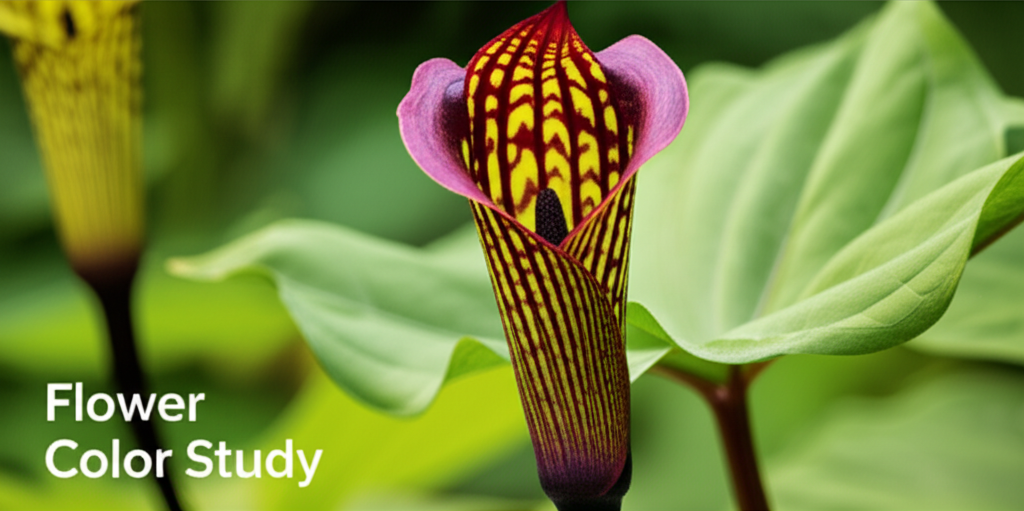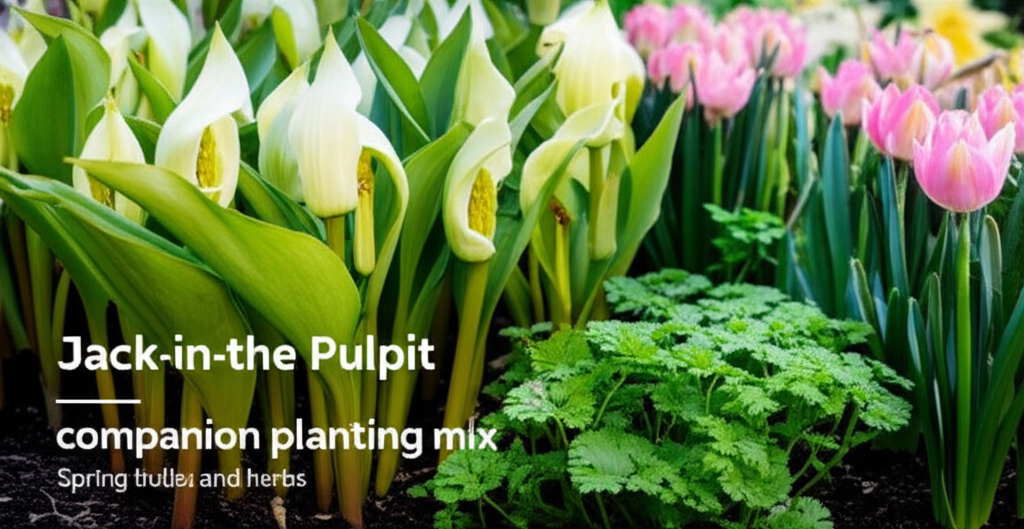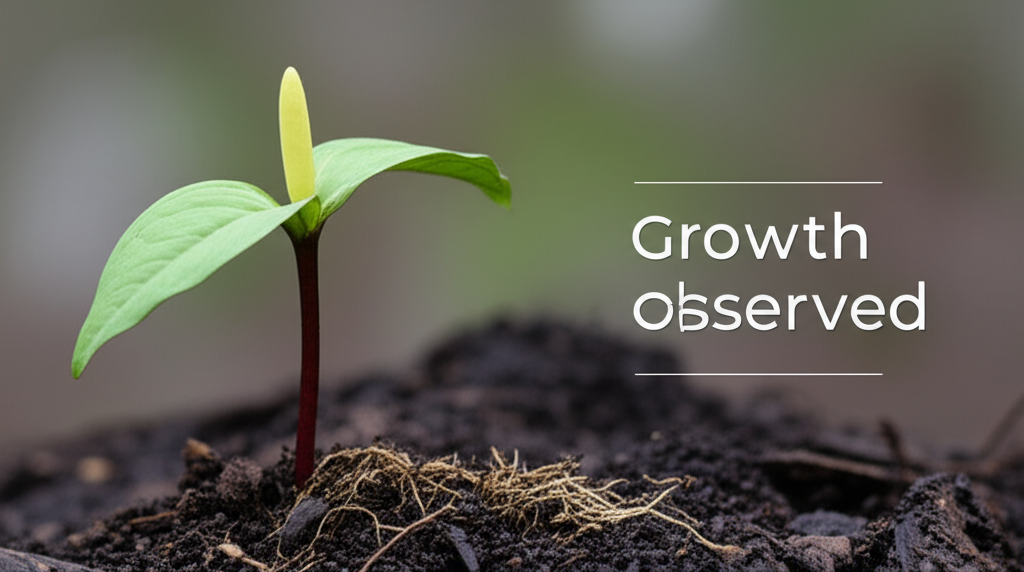Can Blue Star Juniper Be Used as a Low-Maintenance Groundcover?
Ever admired those vibrant, silvery-blue carpets of foliage that gracefully spill over garden edges, seemingly requiring minimal fuss? You’ve likely encountered the magnificent Blue Star Juniper, a plant that has gardeners everywhere wondering: Can Blue Star Juniper be used as a low-maintenance groundcover? The answer is a resounding yes, and understanding why it excels in this role is key to unlocking its full potential in your landscape. Choosing the right groundcover isn’t just about aesthetics; it’s about creating a resilient, water-wise, and weed-suppressing foundation for your garden, contributing to both its beauty and its sustainability.
Quick Answer Box
Yes, Blue Star Juniper (Juniperus squamata ‘Blue Star’) is an exceptionally well-suited choice for a low-maintenance groundcover. Its compact, spreading habit, drought tolerance once established, and resistance to pests and diseases make it an ideal, fuss-free option for covering slopes, filling in spaces, and adding year-round color to your garden.
What is Blue Star Juniper and Why It’s Important in Gardening
Blue Star Juniper, scientifically known as Juniperus squamata ‘Blue Star’, is a cultivar of the Himalayan juniper. It’s renowned for its striking, dense, needle-like foliage that boasts an intense silvery-blue hue. Unlike many sprawling junipers, ‘Blue Star’ maintains a naturally compact, mounding habit, making it exceptionally well-suited for groundcover applications.
The importance of using a plant like Blue Star Juniper as a groundcover in your garden is multifaceted. Firstly, it provides excellent weed suppression. Its dense growth habit effectively shades out sunlight from reaching the soil surface, significantly reducing the germination and growth of unwanted weeds. This translates to less time spent weeding and more time enjoying your garden.
Secondly, it contributes to soil health and erosion control. As a groundcover, it forms a living blanket over the soil, protecting it from the harsh impact of rain and wind. This helps prevent soil erosion, particularly on slopes or exposed areas, and its root system helps to bind the soil together. Healthy soil is the foundation of a thriving garden.
Thirdly, Blue Star Juniper offers year-round visual interest. Its distinctive blue foliage provides a stunning contrast to other plants throughout the seasons, even in winter when many other plants have lost their color. This consistent visual appeal enhances the overall aesthetic of your landscape, making it more dynamic and engaging.
Finally, its low-maintenance nature is a significant benefit for gardeners of all skill levels. Once established, it requires minimal watering, infrequent pruning, and is generally resistant to most common garden pests and diseases. This makes it an environmentally friendly and time-saving choice, aligning with principles of sustainable gardening.
Quick Recommendations or Key Insights about Blue Star Juniper as a Groundcover
Sunlight is Key: Blue Star Juniper thrives in full sun, which is crucial for maintaining its vibrant blue color and compact form.
Well-Drained Soil is Non-Negotiable: This juniper detests soggy feet; ensure planting sites have excellent drainage to prevent root rot.
Spacing for Success: Plant with enough space for its mature spread (typically 3-5 feet) to allow it to form a dense, interlocking groundcover without overcrowding.
Water Wisely: Water regularly during the establishment phase, but once mature, it’s remarkably drought-tolerant.
Pruning for Shape (Optional): While naturally compact, light pruning can be done to maintain shape or remove any errant branches, but it’s rarely necessary for health.
Pest & Disease Resistance: Enjoy a relatively pest-free experience, as this juniper is generally resistant to common issues that plague other conifers.
Winter Interest is Guaranteed: Its striking blue foliage remains vibrant throughout the winter months, adding a much-needed splash of color to dormant landscapes.
Detailed Breakdown of Blue Star Juniper as a Low-Maintenance Groundcover
Can Blue Star Juniper Be Used as a Low-Maintenance Groundcover?
The question of whether Blue Star Juniper can serve as a low-maintenance groundcover hinges on its inherent botanical characteristics and how these translate to practical gardening.
The Scientific Perspective (Botany & Plant Biology):
Blue Star Juniper (Juniperus squamata ‘Blue Star’) belongs to the cypress family (Cupressaceae). Its species, Juniperus squamata, is native to the Himalayan region, where it often grows in rocky, exposed alpine environments. This origin story is key to understanding its resilience and adaptability to challenging conditions.
Drought Tolerance: Junipers are succulents in a broad sense, meaning they have evolved mechanisms to store water in their foliage and stems. The waxy cuticle on their needle-like leaves helps reduce water loss through transpiration, making them exceptionally drought-tolerant once their root systems are established. This is a hallmark of a low-maintenance plant, as it reduces the need for frequent watering.
Sunlight Requirements: As a plant adapted to alpine conditions, Blue Star Juniper requires full sun (at least 6-8 hours of direct sunlight per day) to photosynthesize efficiently. Inadequate sunlight can lead to leggier growth, a less compact habit, and a dulling of its characteristic blue color.
Soil Preferences: The squamata species, and by extension ‘Blue Star’, prefers well-drained soils. Its native habitat often features rocky or sandy substrates that do not retain excess moisture. Poor drainage can lead to root rot, a fungal disease that can be fatal to junipers. This is perhaps the most critical factor to consider for its success as a groundcover.
Growth Habit: While many junipers are naturally sprawling or columnar, ‘Blue Star’ is a cultivar specifically selected for its compact, mounding habit. It typically grows to a height of only 2-3 feet but can spread 3-5 feet wide. This dense, spreading growth is precisely what makes it an excellent groundcover, as it effectively covers the soil.
Pest and Disease Resistance: Junipers are generally robust plants. ‘Blue Star’ is particularly noted for its resistance to common juniper pests like spider mites and bagworms, and diseases like cedar-apple rust. This inherent resilience further contributes to its low-maintenance appeal.
Practical Applications:
The practical application of Blue Star Juniper as a groundcover is wide-ranging:
Slope Stabilization: Its dense root system and spreading habit make it ideal for covering and stabilizing slopes, preventing soil erosion and adding visual appeal.
Erosion Control: In areas prone to wind or water runoff, it forms a protective living mulch.
Mass Planting: When planted in groups, the plants knit together to form an unbroken carpet of blue, suppressing weeds and creating a stunning visual effect.
Groundcover for Understory Planting: Its tolerance for sun makes it suitable for open areas or the edges of woodland gardens where light penetrates.
Rock Gardens and Xeriscapes: Its drought tolerance and attractive form make it a perfect fit for water-wise gardens, rock gardens, and areas where a low-maintenance, striking plant is desired.
Container Planting: While not its primary use as a groundcover, it can be used in large containers to spill over the edges, though this requires more attentive watering.
Common Myths:
Myth 1: All Junipers are Sprawling and Messy: While many juniper species are indeed sprawling, cultivars like ‘Blue Star’ are specifically bred for a more controlled and attractive habit, making them excellent for formal or semi-formal landscapes as groundcovers.
Myth 2: Junipers are Difficult to Grow: On the contrary, when planted in the right conditions (full sun and well-drained soil), junipers are among the easiest plants to maintain. Their primary requirement is not to overwater them.
Myth 3: Blue Color Fades: The intense blue color of ‘Blue Star’ is genetically inherent and remains vibrant year-round, though slight variations can occur with temperature extremes or light levels.
Practical Applications in the Garden
Integrating Blue Star Juniper as a low-maintenance groundcover into your garden is straightforward and rewarding. Here’s how you can best utilize its strengths:
For Slopes and Terraces: Plant Blue Star Junipers along the crest and face of slopes. As they grow, their branches will interlock, forming a dense mat that holds the soil in place, preventing erosion from rain and runoff. This is particularly effective on residential lots with significant elevation changes.
Filling Open Spaces: In larger garden beds or between shrubs and trees, Blue Star Juniper can be used to fill in gaps, providing a continuous expanse of color and texture. This not only looks aesthetically pleasing but also discourages weeds from taking root in these open spots.
Edging and Borders: Its naturally mounding and spreading habit makes it an excellent choice for edging pathways or garden beds. It creates a soft, billowy border that softens hardscaping elements.
Water-Wise Landscaping: For gardeners in drought-prone regions or those aiming for a sustainable, low-water garden (xeriscaping), Blue Star Juniper is a champion. Once established, it requires very little supplemental watering, making it an excellent addition to a water-conscious landscape.
Creating Visual Flow: Planted in drifts or masses, the uniform blue color and texture create a sense of continuity and flow through the garden. This can be particularly effective in linking different garden areas or creating a focal point.
Companion Planting: Pair Blue Star Juniper with plants that share similar sun and drainage requirements, such as ornamental grasses, sedums, or drought-tolerant perennials like coneflowers and salvias. The contrast in textures and colors will enhance the visual appeal of your garden.
Example Scenario: Imagine a sunny, south-facing slope in your backyard that’s prone to drying out quickly and is a magnet for weeds. Instead of struggling with high-maintenance groundcovers, you could plant several Blue Star Junipers spaced appropriately. Over a few seasons, they will grow to cover the slope, their blue foliage providing a stunning backdrop, while their dense growth naturally suppresses weeds and holds the soil securely.
Common Mistakes to Avoid
While Blue Star Juniper is forgiving, a few common mistakes can hinder its performance as a low-maintenance groundcover:
Overwatering: This is the most common pitfall. Junipers, especially in their early stages, are susceptible to root rot if kept constantly moist.
Tip: Water deeply but infrequently, allowing the soil to dry out somewhat between waterings. Once established, only water during prolonged, severe droughts.
Planting in Shade: While they can tolerate a bit of partial shade, planting Blue Star Juniper in dense shade will result in a less vibrant blue color and a more open, leggy growth habit, diminishing its effectiveness as a groundcover.
Tip: Ensure your planting location receives at least 6-8 hours of direct sunlight daily.
Poor Drainage: Planting in heavy clay soil or areas that remain waterlogged after rain is a recipe for disaster.
Tip: Amend heavy soils with plenty of compost and grit, or choose a raised bed or a site with natural drainage to ensure the roots don’t sit in standing water.
Overcrowding at Planting: While you want them to knit together, planting too closely from the start can lead to poor air circulation and increased susceptibility to fungal issues.
Tip: Research the mature spread of ‘Blue Star’ (typically 3-5 feet) and space your plants accordingly, allowing them room to grow into their full potential as a groundcover.
Ignoring Establishment Watering: Although drought-tolerant when mature, young plants need consistent moisture to develop a strong root system.
Tip: Water new plantings regularly (e.g., weekly) for the first growing season, adjusting based on rainfall and soil moisture, to ensure they establish well.
Heavy Pruning: Blue Star Juniper has a naturally pleasing compact form. Over-pruning can disrupt this and lead to an unnatural appearance.
Tip: Only prune to remove dead, damaged, or crossing branches, or to lightly shape if absolutely necessary. Avoid shearing or heavy cutting back.
Expert Tips or Pro Insights
Professional horticulturists and experienced landscapers often employ a few key strategies to maximize the success of Blue Star Juniper as a groundcover:
The “Knit Together” Spacing: While the tag might suggest a wider spacing for individual plants, for a truly effective and weed-suppressing groundcover, plant them closer together. Aim for a spacing that allows the plants to touch at maturity. This means planting them at a distance roughly equal to their mature spread, or even slightly closer, encouraging them to grow into each other.
Amend for Drainage, Then Forget: For those with less-than-ideal soil, a proactive approach during planting is key. Dig a wide, shallow hole and generously amend the backfill with coarse sand, perlite, or small gravel to improve drainage. Once the plant is established, you can significantly reduce watering, letting nature take its course.
Mulch Strategically (Initially): While the juniper will eventually form its own dense cover, an initial layer of organic mulch (like pine bark or shredded cedar) around young plants can help retain soil moisture during establishment and further suppress early weeds. Keep the mulch a few inches away from the plant’s crown to prevent rot.
Leverage the Blue Hue: Consider its striking blue color when designing your garden. It pairs exceptionally well with plants that have contrasting foliage colors, such as deep greens, silvers, or even purples. It also acts as a fantastic anchor plant, providing a cool tone that can make warmer colors pop.
Observe and Adapt: Even the most drought-tolerant plants can benefit from occasional observation. Check the soil moisture during extreme heat waves or prolonged dry spells, especially for younger plants. A good rule of thumb is to check if the soil is dry a few inches down.
Think Long-Term: Blue Star Juniper is a slow to moderate grower. Invest time in proper planting and initial care, and you’ll be rewarded with a beautiful, dense groundcover that requires minimal intervention for decades to come.
Seasonal or Climate Considerations
Blue Star Juniper’s adaptability makes it suitable for a wide range of climates, but understanding seasonal and climate nuances will optimize its use as a groundcover.
Spring: This is an ideal time to plant Blue Star Juniper. The moderate temperatures and increased rainfall aid in root establishment. As temperatures warm, you’ll notice new growth, often a brighter blue than the mature foliage.
Summer: In hot, dry climates, established Blue Star Junipers will generally thrive with minimal intervention. However, during periods of extreme heat and drought, young plants may require supplemental watering to prevent stress. Avoid watering at midday to prevent leaf scorch.
Autumn: Fall is another excellent planting season, especially in milder climates. The cooler temperatures and increased moisture are conducive to root development before winter. The blue color of the foliage often intensifies as the weather cools.
Winter: Blue Star Juniper truly shines in winter. Its evergreen nature means it provides a vibrant splash of silvery-blue color when most other plants have gone dormant. In regions with heavy snowfall, the weight of the snow can sometimes cause branches to splay outwards. The natural mounding habit of ‘Blue Star’ usually helps it recover once the snow melts, but in areas with persistent heavy snow, consider planting it in a location with some overhead protection or planting it slightly less densely to allow for snow movement.
Planting Zones: Blue Star Juniper is generally hardy in USDA Plant Hardiness Zones 4 through 8.
Zones 4-5 (Cold Climates): While hardy, young plants in these zones might benefit from a layer of mulch in late fall to protect their roots from harsh winter freezes. Ensure the site has excellent drainage, as prolonged heaving from freeze-thaw cycles can be detrimental.
Zones 6-7 (Moderate Climates): This is arguably the sweet spot for Blue Star Juniper. It performs exceptionally well, tolerating both heat and cold with ease, and requiring minimal supplemental watering once established.
Zone 8 (Warmer Climates): In the hottest parts of Zone 8, afternoon shade might be beneficial during the peak of summer to prevent potential scorching of the foliage. Ensure the soil drains exceptionally well, as higher temperatures combined with any excess moisture can increase the risk of root issues.
Buying Guide or Decision-Making Process
When purchasing Blue Star Juniper for your groundcover project, consider these factors to ensure you select healthy plants and the right quantity:
1. Plant Form and Health:
Look for: A plant that is well-branched, with dense foliage. The blue color should be consistent and vibrant.
Avoid: Plants with yellowing or browning needles, signs of insect infestation (like webbing for spider mites), or plants that look leggy and sparse. Check the root ball if possible; it should not be overly root-bound with circling roots.
2. Size and Maturity:
Blue Star Juniper is a slow-growing plant. You can buy it in various sizes, from small 1-gallon pots to larger specimen plants.
For groundcover: Starting with smaller, more affordable plants (e.g., 1-gallon or 3-gallon containers) is cost-effective. You’ll need to be patient for them to fill in, but it’s a worthwhile investment. If you need immediate coverage, consider larger, more expensive specimens, but be prepared for the added cost and potential transplant shock.
3. Quantity Calculation:
Measure your area: Determine the square footage you need to cover.
Know the mature spread: Blue Star Juniper typically spreads 3-5 feet wide. For a dense groundcover that knits together quickly, space plants at intervals of approximately 3-4 feet on center, depending on how fast you want full coverage. If you want them to touch at maturity, space them at the upper end of their expected spread.
Use an online calculator or do the math: Divide the total area by the estimated mature spread of each plant to get an approximate number. It’s often better to buy a few extra plants to fill in any gaps or to have on hand for replacements.
4. Source and Price:
* Reputable Nurseries: Purchase from local nurseries or reputable online


